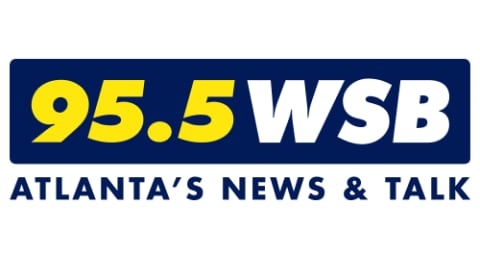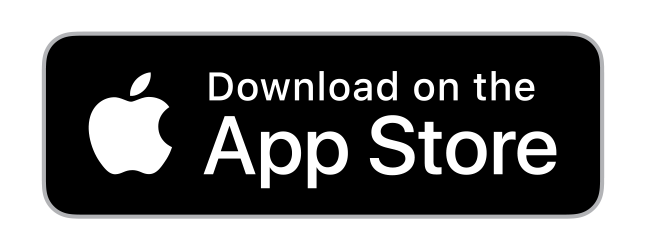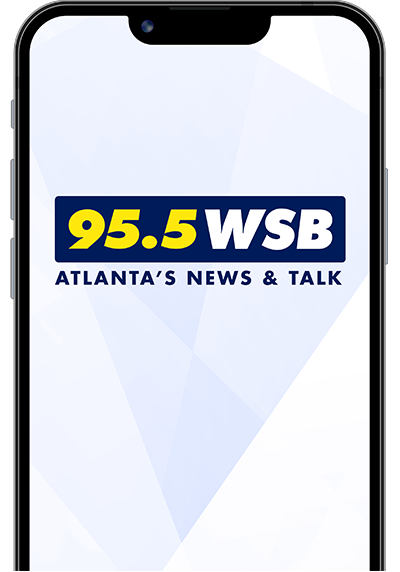Since the Paris Agreement went into effect in late 2016, 60 of the world's largest private banks have funneled $6.9 trillion to the fossil fuel industry. Despite a wave of banks pledging to no longer finance the private prison industry between 2019 and 2021, many others are still funding the two largest U.S. private prison companies that have relied on bank loans to operate and expand.
Tackling such global financial systems can seem impossible, but not according to Stephone Coward, head of the Bank Black & Green campaign, an effort to funnel capital into Black-owned banks that commit to not funding the fossil fuel or mass incarceration industries.
In 2022, after 20 years of working in the banking industry, Coward began working as the economic justice director at the Hip Hop Caucus, a political activism nonprofit with a vision for racial justice, healthy communities, and a healthy planet.
"They gave me an opportunity to say, how do we work for an economy that works for everybody?" he recalls. For two years, he worked on developing the Bank Black & Green campaign, which launched in March, Next City reports.
With the $35 million that investors have committed to the campaign already, Coward hopes to bolster the tradition of Black-owned banks supporting BIPOC communities around the country and their needs, from public health to sustainability.
"We're talking about, instead of financing fossil fuel companies, how do we increase access to urban greenspaces?" he says. "Instead of building things like cop cities, how about we redeploy that capital into organizations on the ground that are building alternative policing modes?"
When the campaign launched, Coward and company hosted a reception and mixer in Dallas to which they invited the country's 18 remaining Black-owned banks. "We wanted to be able to speak to the banks themselves to ask, is this a campaign that you'd want to be a part of?" Coward says. So far four Black-owned banks have joined, but Coward hopes to reach all 18 eventually. Another five banks are in the pipeline waiting for final approvals to come in.
After a few months of engaging in conversations and garnering interest from the banks, it was time to start talking money. The result was a determination that $180 million in funding—shaking out to about $10 million per bank—was the minimum amount necessary to be able to start this work.
Next, Bank Black & Green partnered with Adasina Social Capital, a Black-owned financial activism firm focused on social justice, to launch an investor sign-on letter in October.
Within the first 24 hours, the letter had garnered $10 million in commitments from investors to fund the banks that had taken the campaign's pledge. By November, that number stretched into a total of $35 million in commitments.
"We're not telling people to move their money at this moment, because there's another aspect of this work to make sure that it actually gets to the end community," Coward notes. "We're saying that right now we need to demonstrate to these [Black-owned banks] that this type of work is important and that you need to be prepared for this money to come in."
The critical next step is working with these banks to determine the financial products and capabilities they need to be able to intake millions in funding.
"We're talking about creating financial tools to make it easy for these impact investors to move money into these banks," he says. "We're talking about bonds … we're talking about treasury management services. We want to set these institutions up for success."
By the second quarter of 2025, Coward plans for the Bank Black & Green banks to be able to access funds generated by the campaign and to start determining how this money ultimately flows into communities. Nothing is certain yet, but Coward notes that community benefit agreements and the adoption of equitable banking standards are methods on the table.
It's hard to say what exactly the final outcomes will be, but Coward has ideas.
"The ultimate goal for us is that, when you invest in the public health and safety of communities, you're building a sustainable community," he says. A big portion of the campaign's work is expanding access to capital for institutions and founders who are already doing this kind of work, from decarbonizing buildings to offering green financing services.
Bank Black & Green is taking a unique approach to changing the flow of money, says Shahrzad Habibi, research and policy director at In The Public Interest, a national nonprofit research and policy organization that studies public goods and services.
"There are public interventions where we talk about changing laws or changing regulations," which may or may not be politically viable at any given moment, she says. Then, there is shareholder activism, which focuses on getting behemoth banks and institutions to stop funding harmful industries.
By working to empower smaller Black-owned banks to play a bigger role, rather than turning the tide of massive corporations, Habibi says, Bank Black & Green is doing something else.
"What's interesting is that it's targeting financial institutions, but then coupling that with [targeting] investors," she says. "It's an interesting way to look at the problem and a really interesting way to intervene."








